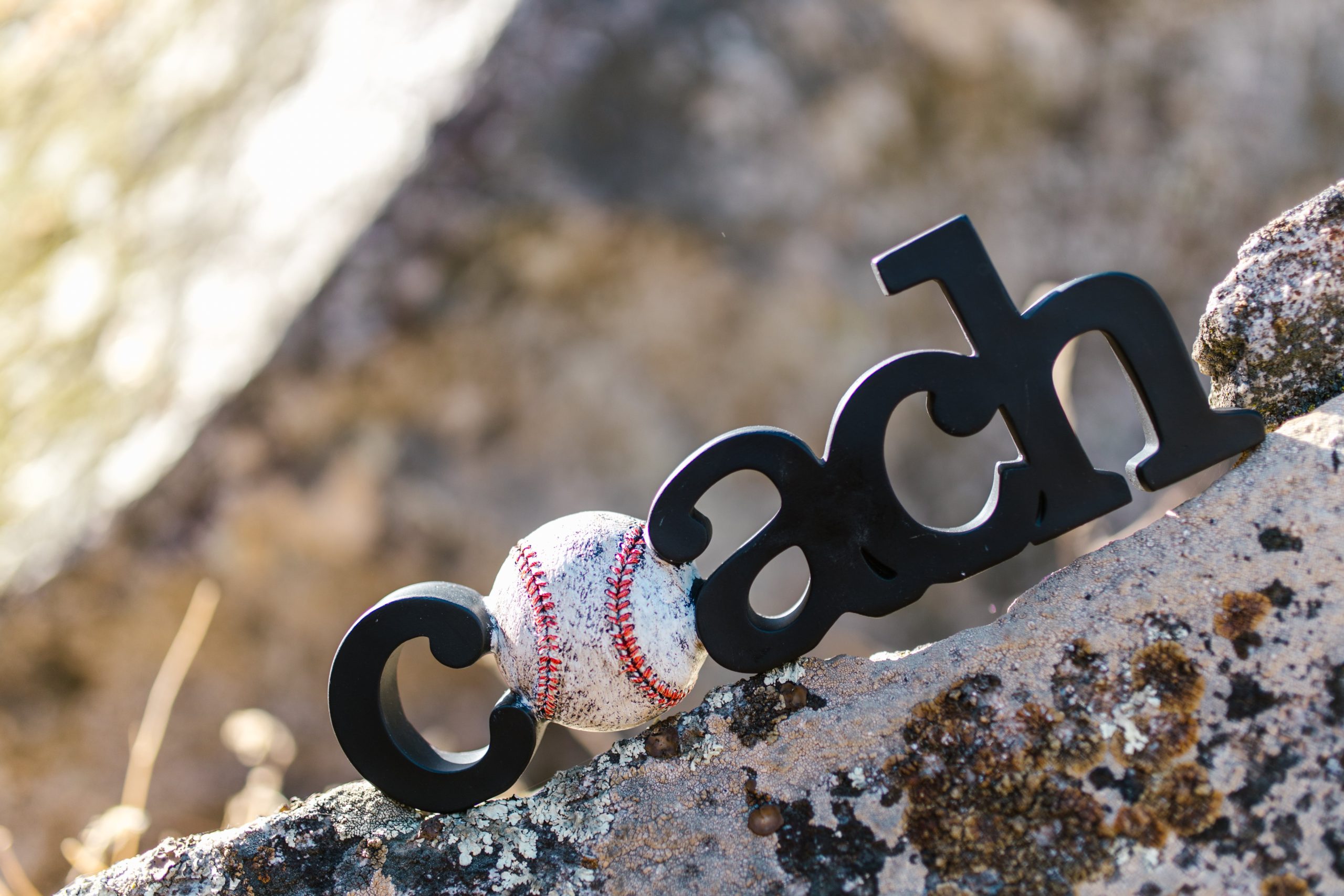If you’re looking to take your podcasting game to the next level, one crucial element to consider is the microphone you use. The quality of sound can make a significant difference in how your podcast is received by your audience. With numerous options available, finding the best sound quality mic can feel overwhelming. In this article, we will explore the different factors to consider when choosing a microphone for podcasting and highlight some top contenders in the market. So sit back, relax, and get ready to enhance your podcasting experience with the perfect microphone.
Understanding Mic Types
Dynamic Mics
Dynamic mics are known for their durability and versatility. They are commonly used in live performances and podcasting due to their ability to withstand high sound pressure levels. These mics use a moving coil diaphragm to convert sound into an electrical signal, making them less sensitive to ambient noise. They are a popular choice for podcasters who often record in different environments.
Condenser Mics
Condenser mics are known for their sensitivity and accuracy in capturing sound. They are highly responsive and can capture subtle details in vocals and instruments. These mics require power, either from batteries or phantom power, to operate. Condenser mics are commonly used in studio settings and are ideal for podcasters who prioritize sound quality and clarity.
Ribbon Mics
Ribbon mics are known for their smooth and vintage sound. They use a thin strip of metal (ribbon) suspended between magnets to capture sound. Ribbon mics are highly sensitive and can provide a warm and natural sound. However, they are more delicate and require careful handling. These mics are well-suited for podcasters who want a classic and vintage sound aesthetic.
USB Mics
USB mics offer a convenient plug-and-play solution for podcasters. These mics have a built-in preamp and analog-to-digital converter, allowing them to connect directly to your computer via USB. USB mics are easy to use and require minimal setup. They are suitable for podcasters on a budget or those who are just starting out.
Lavalier Mics
Lavalier mics, also known as lapel mics, are small and discreet mics that can be clipped onto clothing. They provide hands-free operation and are commonly used in interviews or situations where mobility is important. Lavalier mics are typically omnidirectional, capturing sound from all directions. They are a great choice for podcasters who need mobility and convenience without sacrificing sound quality.
The Role of Sound Quality in Podcasts
Importance of Sound Quality
Good sound quality is crucial in podcasting as it directly impacts the listener’s experience. Clear and balanced audio enhances the message being conveyed and keeps listeners engaged. Sound quality also reflects the professionalism and credibility of the podcast. A podcast with poor sound quality may undermine the content and result in listeners tuning out.
Assessing Listener Expectations
Understanding your podcast’s target audience and their expectations is essential in determining the appropriate level of sound quality. Different genres or topics may require different sound aesthetics. For example, a podcast that focuses on storytelling may require a more immersive and dynamic sound, while a podcast that focuses on informative discussions may prioritize clear and intelligible dialogue.
Improving Communication Through Quality Audio
High-quality audio can improve communication between hosts and guests, ensuring that everyone’s voices are clearly heard. It also minimizes distractions caused by background noise or technical issues. By investing in good sound quality, podcasters can create a more professional and enjoyable listening experience for their audience.

Key Features of High-Quality Mics
Frequency Response
frequency response refers to the range of frequencies a microphone can accurately reproduce. A wider frequency response allows for more detailed and accurate audio reproduction, capturing both low and high frequencies. It is important to choose a mic with a frequency response suitable for your podcast’s needs, whether it be capturing deep bass or crisp treble.
Noise Cancellation
Noise cancellation capabilities in mics help eliminate unwanted background noise, resulting in cleaner and clearer audio. This feature is especially useful for podcasters who record in less controlled environments or have to deal with ambient noise such as air conditioning or street sounds.
Sensitivity
Mic sensitivity refers to how well a microphone converts sound into an electrical signal. Higher sensitivity allows the mic to pick up soft sounds, making it suitable for capturing delicate nuances in vocals or instruments. However, too much sensitivity can also lead to unwanted distortion or background noise, so it is important to find the right balance for your specific recording environment.
Durability
Durability is crucial, especially for podcasters who are frequently on the go or travel for interviews. High-quality mics are built to withstand the rigors of regular use and transportation. Look for mics with sturdy construction and reliable components to ensure longevity.
Ease of Use
Podcasters often need to quickly set up and use their mics without technical difficulties. Choosing a mic that is user-friendly and straightforward to operate can save time and frustration. Consider features such as intuitive controls, plug-and-play functionality, and compatibility with different recording setups.
Best Sound Quality Mics for Podcasting
Audio-Technica ATR2100x
The Audio-Technica ATR2100x is a versatile dynamic microphone that offers excellent sound quality at an affordable price. It features both USB and XLR outputs, allowing for flexibility in recording setups. The ATR2100x also has a built-in headphone jack for direct monitoring. Its cardioid polar pattern helps isolate the sound source and minimize background noise.
Heil Sound PR 40
The Heil Sound PR 40 is a professional-grade dynamic microphone known for its rich and warm sound. It has a wide frequency response range and excellent off-axis rejection, making it suitable not only for podcasting but also for broadcasting and voice-over work. The PR 40’s solid build quality ensures durability, and its internal shock mount helps minimize handling noise.
Shure SM7B
The Shure SM7B is a legendary dynamic microphone favored by many podcasters and broadcasters. It offers exceptional sound quality and can handle high sound pressure levels without distortion. The SM7B features a built-in pop filter and an internal shock mount to reduce plosive sounds and handling noise. Its flat, wide-range frequency response captures vocals with clarity and warmth.
Rode Procaster
The Rode Procaster is a broadcast-quality dynamic microphone designed specifically for speech applications. It has a tight cardioid polar pattern to minimize background noise while maintaining excellent vocal clarity. The Procaster has a robust all-metal construction and a built-in shock mount, ensuring durability and minimizing vibrations from external sources.
Electro-Voice RE20
The Electro-Voice RE20 is a dynamic microphone that has been a staple in professional broadcast and recording studios. It offers a balanced and natural sound reproduction, ideal for capturing voices with warmth and accuracy. The RE20 features an internal pop filter and a unique variable-D design that minimizes proximity effect and effectively controls off-axis sound.

Tips for Choosing the Right Mic for your Podcast
Budget Considerations
Consider your budget and the value that different mic options provide. While high-end mics may offer exceptional sound quality, there are also affordable options that can still deliver great results. It is important to strike a balance between your budget and the features you prioritize.
Understanding your Recording Environment
Assess your podcasting setup and recording environment. Does it involve travel, outdoor recordings, or multiple hosts? Different mic types and features are better suited for specific recording scenarios. Consider factors such as ambient noise, room acoustics, and the need for mobility to make an informed decision.
Assessing Mic Specifications Against your Needs
Look at the specifications of the mics you are considering and match them to your podcast’s requirements. Consider factors such as frequency response, polar pattern, sensitivity, and additional features that are important to you. Experimenting with different mics or seeking expert advice can help you find the right mic that suits your podcasting style.
Optimizing Sound Quality During Podcast Interviews
Setting up the Mic Properly
Ensure proper mic placement to optimize sound quality during interviews. Position the mic close to the speaker’s mouth, but maintain a consistent distance to avoid unwanted proximity effect. Use a pop filter to minimize plosive sounds caused by moving air and a shock mount to reduce handling noise.
Tips for Mic Usage During Interviews
Educate your interviewees on proper mic placement and use. Encourage them to speak clearly and project their voice towards the microphone. Emphasize the importance of avoiding sudden movements or tapping the mic. By setting expectations and providing guidance, you can improve the overall sound quality of your podcast interviews.
Emphasizing Clarity When Recording Voices
When recording voices, prioritize clarity over other sound elements. Ensure that the voices are the main focus and that they are captured with sufficient volume and intelligibility. Pay attention to the tonal quality of the voices and adjust your mic settings or audio processing to enhance clarity without sacrificing naturalness.

Test Audio Before Podcasting
Reasons for Pre-Podcasting Audio Test
Conducting an audio test before starting a podcast episode is crucial to identify any potential issues with sound quality. It allows you to address any technical glitches, adjust mic settings, and ensure optimal audio levels. Testing audio also helps in familiarizing yourself with the mic’s performance and making any necessary adjustments to achieve the desired sound.
Steps in Conducting an Audio Test
Begin by recording a short sample using the mic or mic setup you will be using for your podcast. Pay attention to the overall sound quality, clarity, and volume. Listen for any unwanted background noise, distortions, or inconsistencies. Make any necessary microphone placement adjustments, check for proper cable connections, and adjust gain levels as needed.
Assessing Test Results
Listen carefully to the recorded test audio and assess its quality. Pay attention to any areas that need improvement, such as excessive background noise, volume discrepancies, or distortion. Use headphones or monitor speakers to accurately evaluate the audio. Make the necessary adjustments to address any issues and conduct additional tests if needed to ensure a satisfactory outcome.
Equipment Recommended to Pair with High-Quality Mics
Using a Pop Filter
A pop filter is an essential accessory for high-quality mics. It effectively reduces plosive sounds that occur when bursts of air hit the microphone while pronouncing certain sounds. A pop filter helps maintain clarity and prevents unwanted distortion, ensuring a clean and professional sound for your podcast.
Importance of a Good Boom Arm
A boom arm or microphone stand is crucial for positioning the mic correctly and maintaining a steady recording setup. It allows easy adjustment of the mic’s height and distance from the mouth, ensuring optimal sound capture. A sturdy boom arm minimizes vibrations and handling noise, resulting in better sound quality.
Choosing the Right Headphones
Good quality headphones are essential for monitoring and editing your podcast’s audio. They allow you to accurately assess the sound quality, detect any imperfections, and make necessary adjustments during the editing process. Look for headphones with a balanced frequency response and comfortable fit to ensure accurate sound reproduction.

How to Edit Podcast for Better Sound Quality
Podcast Editing Software
Choose a reliable podcast editing software that suits your needs. These programs offer various features like audio editing, noise reduction, equalization, and compression. Use the software to remove background noise, adjust volume levels, and fine-tune your podcast’s audio to enhance its overall sound quality.
Common Editing Techniques for Better Audio
Apply noise reduction to eliminate unwanted background noise and enhance clarity. Use equalization to balance frequencies and shape the overall tonal quality of the audio. Compression can help control dynamic range and ensure consistent audio levels. Additionally, cut out any audio segments with technical glitches, long pauses, or irrelevant content to maintain a smooth flow.
Avoiding Over-editing
While editing can significantly improve sound quality, be cautious of over-editing. Excessive noise reduction or aggressive compression can degrade audio quality and introduce unnatural artifacts. Maintain a balanced and natural sound by preserving the dynamics and maintaining the authenticity of the original recording.
Preventing and Troubleshooting Common Mic Problems
Handling Mic Feedback Issues
Mic feedback occurs when the sound from the speakers is picked up by the mic and amplified, resulting in a high-pitched squeal. To prevent feedback, ensure proper speaker placement and avoid placing the mic too close to the speakers. Using a directional mic with good off-axis rejection can also help minimize feedback.
Resolving Mic Connectivity Problems
If you encounter connectivity issues with your mic, check the cables and connectors for any physical damage or loose connections. Try using a different cable or connector to isolate the problem. Ensure that both the mic and the recording device are properly powered and that the correct input/output settings are selected.
Preventing Popping and Clipping
Popping sounds occur when bursts of air hit the mic, usually when pronouncing certain sounds like “p” or “b.” To prevent pops, use a pop filter positioned between the mouth and the mic. Clipping occurs when the audio signal exceeds the mic’s maximum input level, resulting in distortion. To prevent clipping, adjust the mic’s gain or input level to avoid overloading the microphone.
Care and Maintenance of Mics
Proper care and maintenance of your mic can prolong its lifespan and ensure consistent sound quality. Avoid dropping or mishandling the mic and store it in a protective case when not in use. Regularly clean the mic, paying attention to the grille and connectors. Follow the manufacturer’s guidelines for any specific cleaning recommendations to avoid damage.
